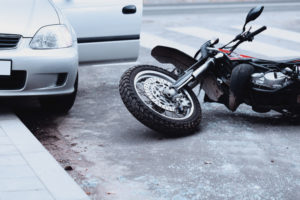Anyone who has seen an elderly loved one living in a nursing home, may think that falls are an inevitable part of aging with frailty. That perception is inaccurate. While some nursing home falls may be inevitable, many can be prevented. Doing everything feasible to prevent falls is a primary obligation for nursing homes. Falls can begin a downward spiral leading to complete dependence or death. They can be fatal in and of themselves. Preventable falls in nursing homes often fall into one of the following categories: (1) physical obstacles in the home itself, such as cleaning equipment left in passageways or furniture jutting out where residents may walk; (2) inadequate assessment for fall risk; (3) improper maintenance of a patient’s safety equipment (I know of a serious nursing home injury from a fall caused when one of the tennis balls that were placed on the bottom of resident’s walker for cushioning, was allowed to wear thin, causing the walker to become unbalanced); (4) poor internal design; for example, a shortage of railings; (5) inadequate supervision. The Center for Disease Control and Prevention reports that physical restraints – use of which in many instances, may violate federal regulations – does not reduce the incidence of nursing home falls. Any nursing home that fails to protect its residents from preventable falls, has committed nursing home neglect and failed in its basic mission.

The Legal Examiner and our Affiliate Network strive to be the place you look to for news, context, and more, wherever your life intersects with the law.













Comments for this article are closed.